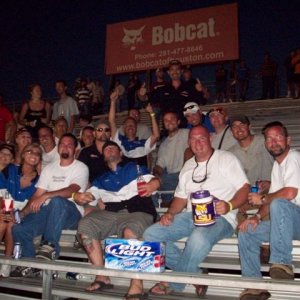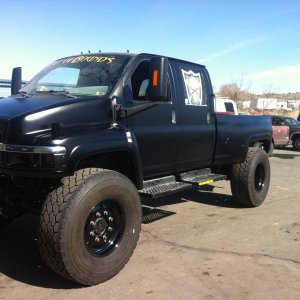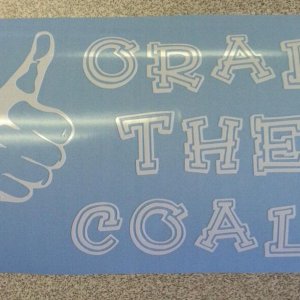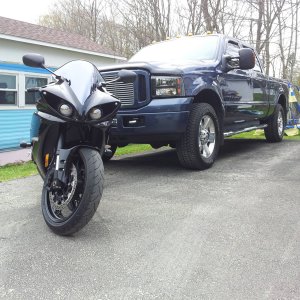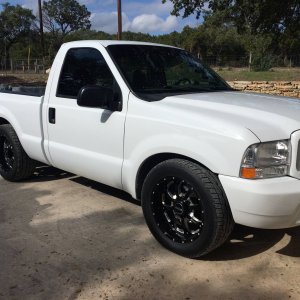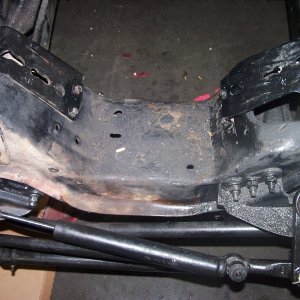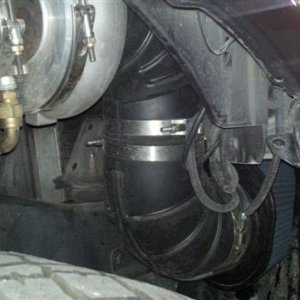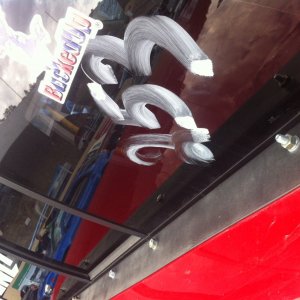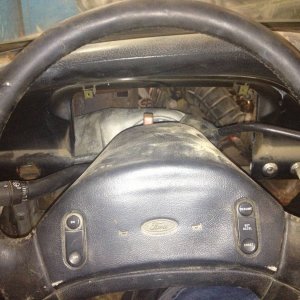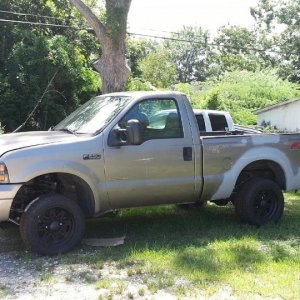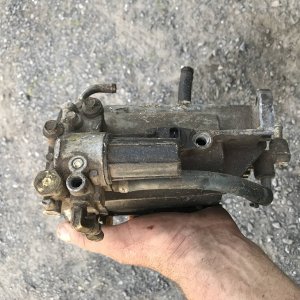Has anyone out there ever performed a cylinder leak down test on a used engine while it is cold?
I bought a used 112k mile engine and want to check the health of it before swapping it into my truck, but I am concerned that the test will not be a reliable indicator. So I was curious if anyone else has done it on a dead cold engine (it is sitting on my trailer) and gotten reliable results.
I am thinking the readings will show way too much leakage since nothing (rings, pistons, block etc) is expanded from heat like it would be at operating temp.
I bought a used 112k mile engine and want to check the health of it before swapping it into my truck, but I am concerned that the test will not be a reliable indicator. So I was curious if anyone else has done it on a dead cold engine (it is sitting on my trailer) and gotten reliable results.
I am thinking the readings will show way too much leakage since nothing (rings, pistons, block etc) is expanded from heat like it would be at operating temp.

